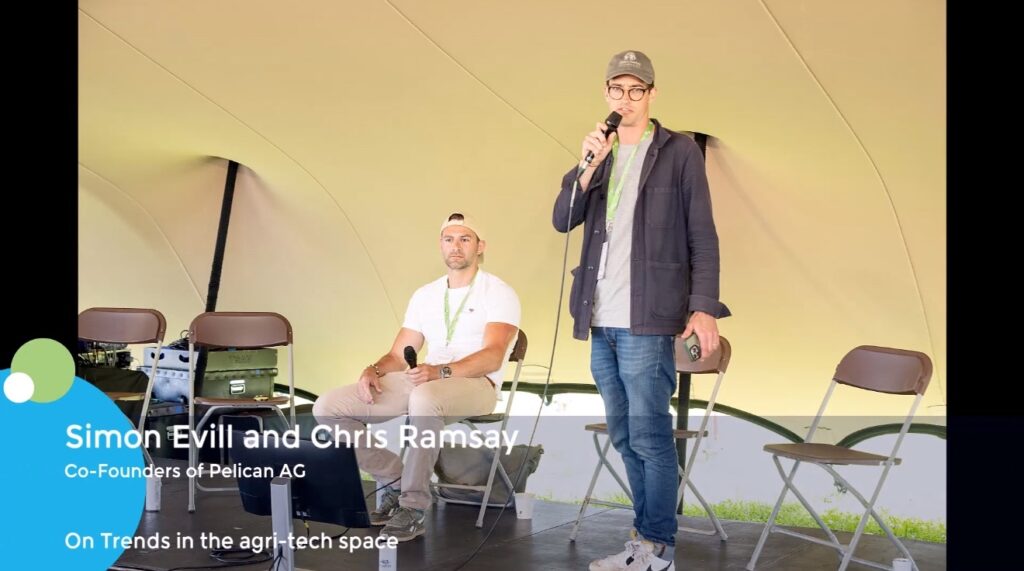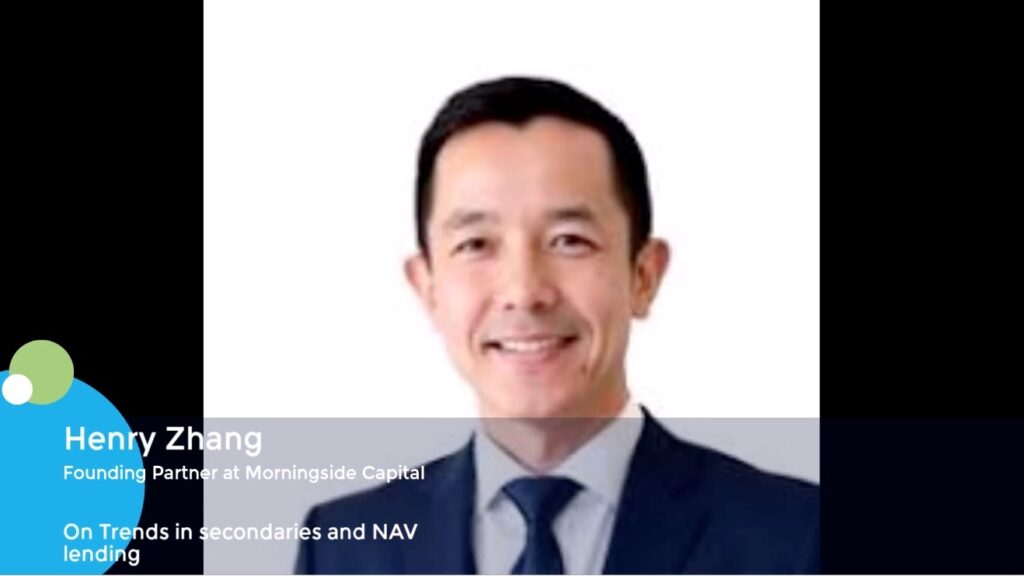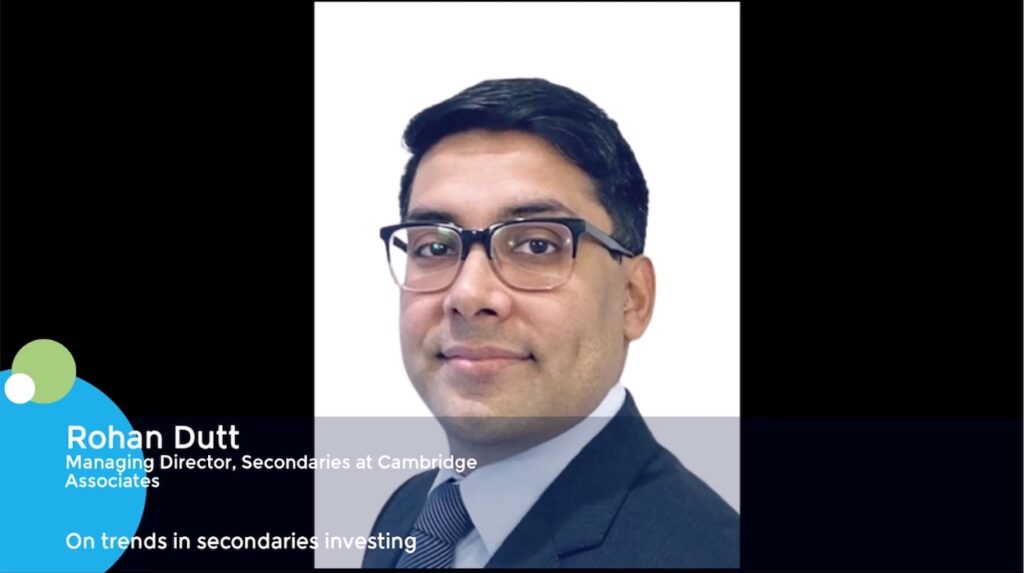Asia private equity 2025 preview: Exits and liquidity
Piyush Gupta ended his seven-year tenure at Peak XV Partners this summer to launch Kenro Capital because of an opportunity hiding in plain sight. According to his calculations, early-stage investors in India and Southeast Asia had created USD 192bn in value between 2008 and 2017, but only realised USD 80bn. Kenro wants to take out these unrealised positions.
“The VC ecosystem is maturing – it’s been more than 15 years in India, which is at least three to four fund cycles – and LPs and GPs are aligned on exits,” Gupta said. “LPs need liquidity to make new fund commitments. GPs want to crystallise carried interest and put themselves in a position to raise new funds.”
At the same time, India’s capital markets are deep enough to justify a direct secondary investment strategy as an intermediate solution. The country has led Asia in terms of exits over the past five years, with proceeds topping USD 100bn, much of it coming through IPOs and post-IPO trades. VC-backed offerings are moving slowly, but therein lies Kenro’s role as a full or partial liquidity provider.
Traditional secondary investors and advisors also expect to see traction in India for single-asset and multi-asset continuation vehicles, underpinned by the country’s strong growth prospects and easier-to-underwrite exit profiles. Indeed, TR Capital believes the direct stakes space targeted by Kenro is now so populated by generalist GPs that more value can be found in multi-asset, portfolio-level deals.
Paul Robine, CEO of TR, is also circumspect as to how quickly these growth-stage positions can be exited. His preference is for more mature companies that generate cash flow and profit. Increasingly, TR and industry peers that previously focused on emerging Asia, are looking more closely at developed markets.
“A year ago, it was happening by default, because some key players could no longer do China. We are starting to see more secondaries to be done in Japan, Australia and to a lesser extent South Korea,” he explained. “I wouldn’t be surprised to see more GP-led deals in Japan. We have our finger on it; we aren’t going to leave it.”
Reluctant to engage
The need for secondary solutions is inextricably linked to mainstream exit activity. The dynamics in India and Southeast Asia described by Gupta apply to varying degrees across Asia and around the world. Exit proceeds for 2024 are currently USD 65.2bn, edging out the 2023 total but still well short of both the trailing eight-year average of USD 84.9bn and the amount of capital invested during that period.
There is a need to transact as LPs agitate for distributions and new fundraising processes come under pressure, but it remains tough to transact. Positioning the current market situation as the natural fallout from a benign five-year period, Euan Rellie, a managing partner at BDA Partners, which advises many GPs on exits, describes the last 18 months as “the most difficult I’ve seen in my 30-plus year career.”
Other advisors offer snapshots of what is certainly not a seller’s market: processes that are extremely loose, allowing longer for due diligence; relatively sparse participation; even buyers who pull out mid-way through, hoping the deal collapses so they can rescue it at a lower valuation. Buyer-friendly conditions don’t necessarily lead to completed processes, with price still a major stumbling block.
“We thought there would be a much greater willingness to transact at valuations that are more reasonable or lower than expected,” said Xuong Liu, a managing director in the global transaction advisory group at Alvarez & Marsal. “Perhaps the reduction in DPI [distributions to paid-in] is so pervasive that it hasn’t translated into pressure on specific sponsors – no one looks like the outlier.”
On the secondary side, where a paucity of conventional exits might be expected to drive more deal activity, Brooke Zhou, a partner at LGT Capital Partners, observed that exit pressure varies by market. In Japan and Australia, it isn’t so heavy and the few secondaries available tend to get snapped up. In China, it is being felt acutely, assets are available at steep discounts, yet there is wariness to engage.
“Advisors are cautious about taking on China deals. They don’t want to spin their wheels and not get anything done, which is possible because there aren’t many buyers for China,” Zhou said, adding that LGT’s relatively busy 2024 – which includes some activity in China, albeit highly selectively – suggests investors can get traction if they are proactive.
This sentiment is echoed by an Asia-based secondary advisor who observed that a lot of transactions in Asia are effectively created by investors and advisors “who try to get them over the hump.” It points to the enduring investor education challenge – ensuring GPs understand their liquidity options and how issues such as asset suitability and alignment of interest can make or break deals.
Improved sentiment?
Assessing the prospects for private equity exits of all kinds, BDA’s Rellie expects India and Japan to remain in demand, consistent but below-the-radar activity in Korea, and a gradual revival in more emerging markets like Vietnam where the impact of the global M&A slowdown was most severe.
He is also optimistic about China, observing that with valuations now so low, opportunistic investors – including some strategic players – will look to do more. For example, while a mid-size branded food asset in India currently trades for 6x revenue, similar businesses in China are available for 6x EBITDA. This often means the sale price in China is one-fifth that of India.
In Asia more broadly, BDA has found that private equity investors paid up for assets that in many cases have fallen short of growth projections over the past five years. Facilitating exits became harder when interest rates went up because differing perceptions of the macro environment among buyers and sellers led to price dislocation. More recently, however, Rellie has seen a shift in mood.
“We’ve had a lower close rate than usual in the first three quarters of 2024, but we are seeing a rash of deals coming through,” he said. “With interest rates coming down, everyone wants to get things done. A lot of private equity firms haven’t done much in the past 18 months and they can’t hold forever.”
Similarly, Will Yea, a principal at Coller Capital, is optimistic about secondaries in 2025 because issues around liquidity – and the implications this has for future fundraising – haven’t gone away. He estimates that, given the volume of positions waiting to be unwound across multiple geographies, there is enough pent-up deal flow to keep investors busy for 12-18 months
“This pressure means the bid-ask spread is narrowing in some cases, but that’s only part of the story. There are also assets growing into their valuations, which means a narrower bid-ask spread and a greater willingness to trade,” Yea added. “There will always be room for innovation as well. We must find ways to bridge that spread, whether it is through structuring or something else.”











